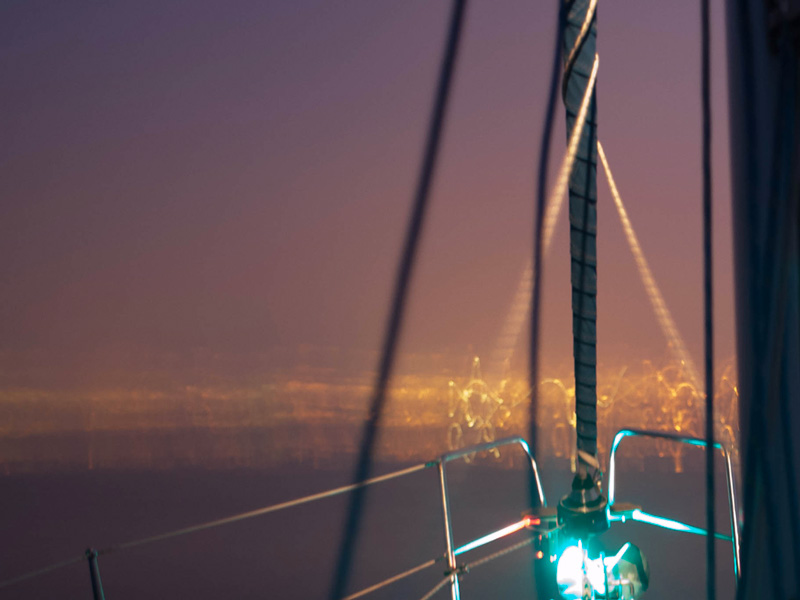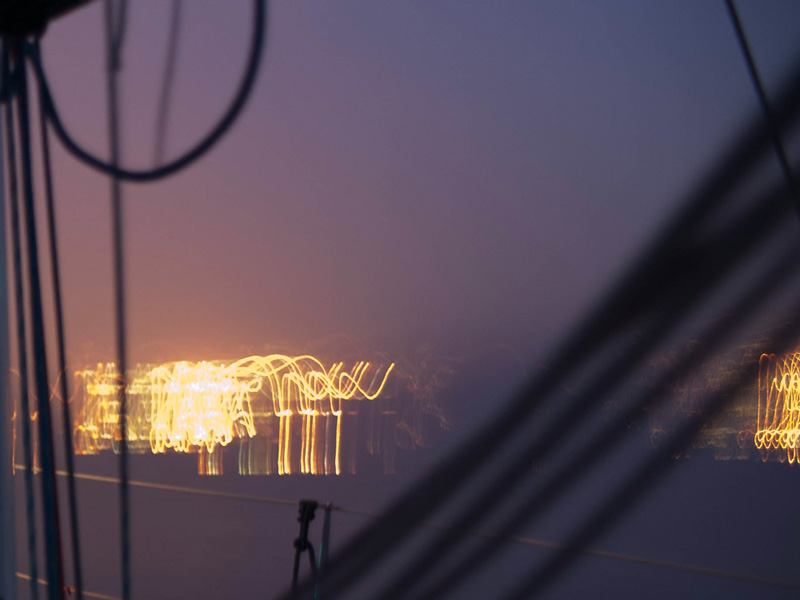Offshore course
Initiation course | Advanced course
The course is addressed to those who are already used to sailing during the day and in view of the coast and want to engage open sea navigation, at day- and night-time: this course completes the preparation obtained with the two previous levels and if attended for a certain number of times depending on personal level, it can lead to a complete independence in assuming the command of the sailing boat.
Issues:
Review and investigation of all the issues of the previous levels. In addition:
Safety: Collisions and flaws, dismast, use of the life raft.
Radio Communications: shortwave radio, receiving weather maps and textual forecasts, use of satellite emergency equipment (PLB , EPIRB , etc. ).
Engine: routine and emergency maintainence.
Meteorology: consultation of weather forecasts (sources, models, analysis of the maps, observation).
Boat’s structure: running rigging (materials, construction techniques, maintenance, splices).
Navigation: from paper to electronics, use of the chart plotter; navigation in restricted visibility; pilotage.
International Regulations for Preventing Collisions at Sea: navigation lights.
IALA (International Association of Marine Aids to Navigation and Lighthouse Authorities) nighttime sea marks of Region A, lights and lighthouses.
Yacht handling under sail and power: night sailing, heavy weather sailing.
Passage planning: planning and making an offshore passage.
Unlike traditional courses, Mainè has successfully set and tested an horizontal teaching structure. The courses range from the first steps to all the most advanced sailing skills and the higher the level is the more the subjects are studied in depth.
The programmes of the courses indicate an ideal path, that is then catered to meet the charachteristics and needs of the crew. All the courses of Mainè take place on board and are mainly practical: some elements of the classical frontal lesson are inevitable, but the theorical parts will only be debated, when possible, when practice arises them.


